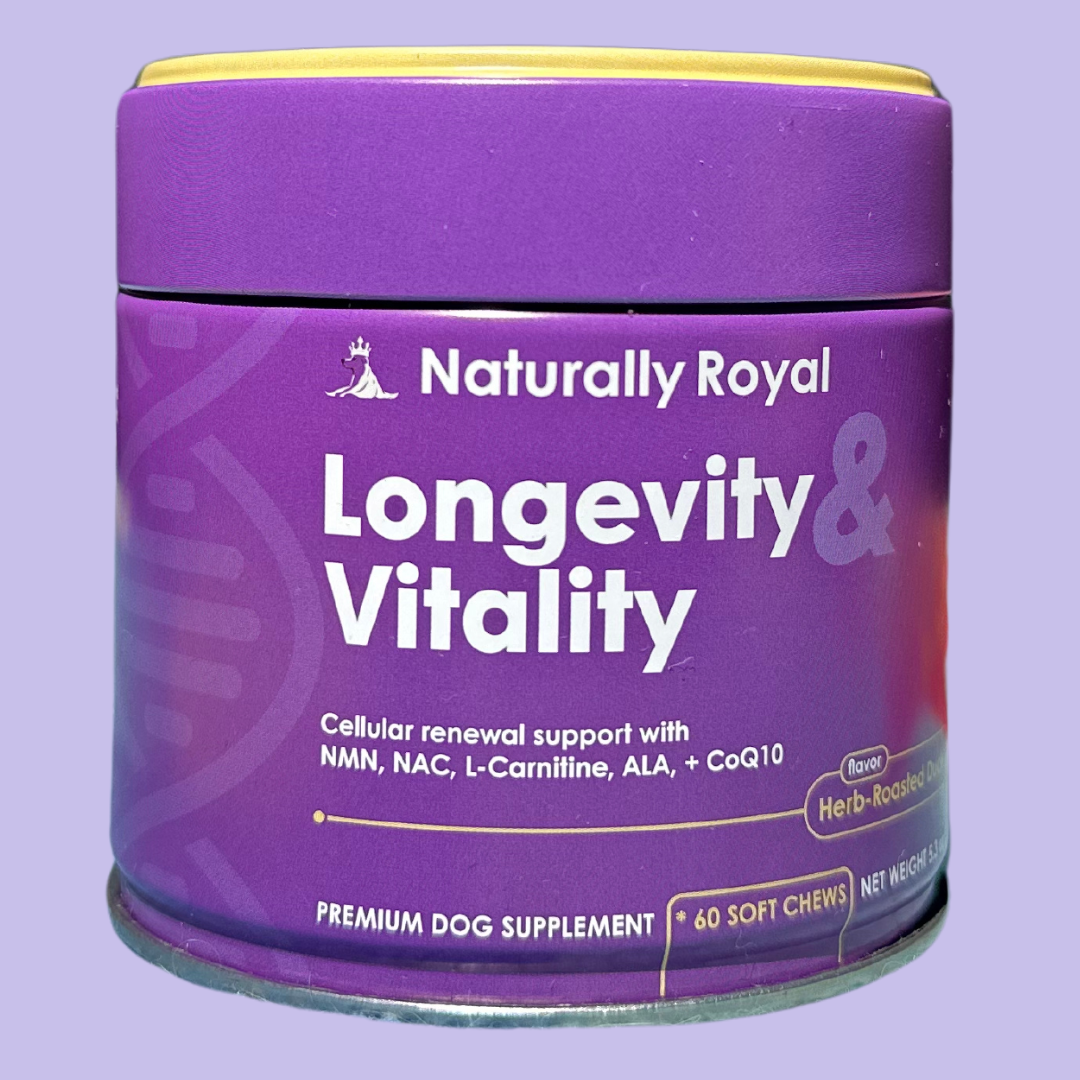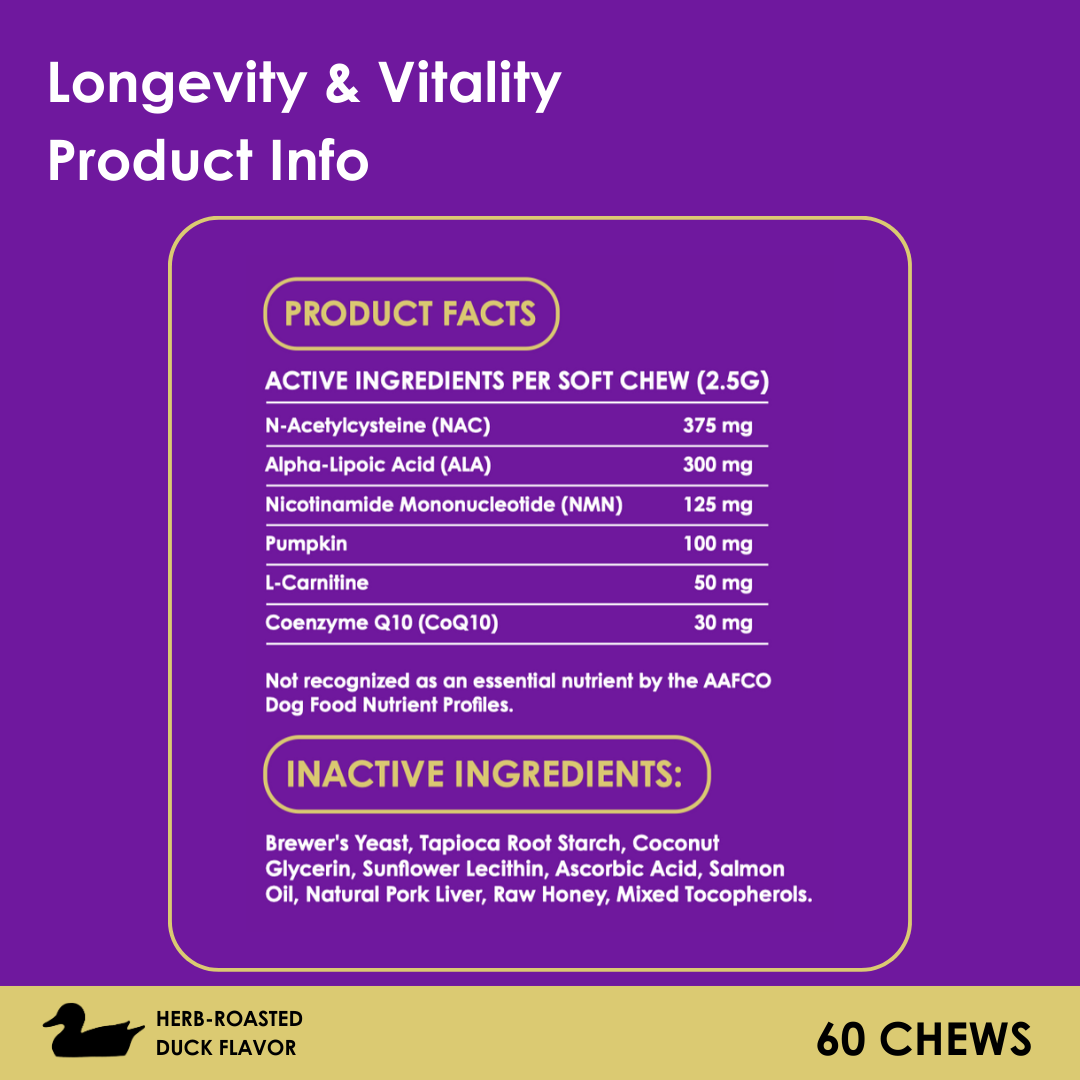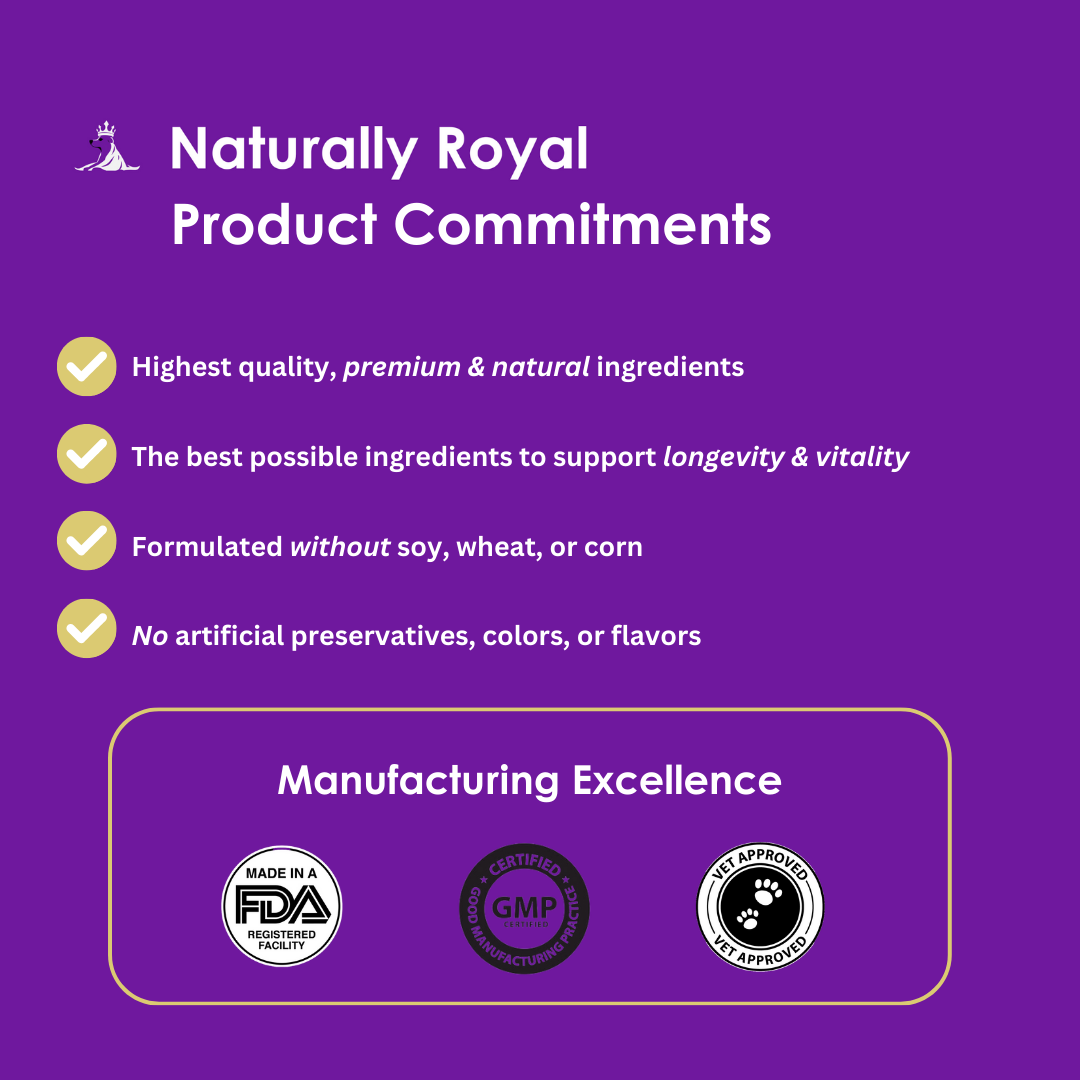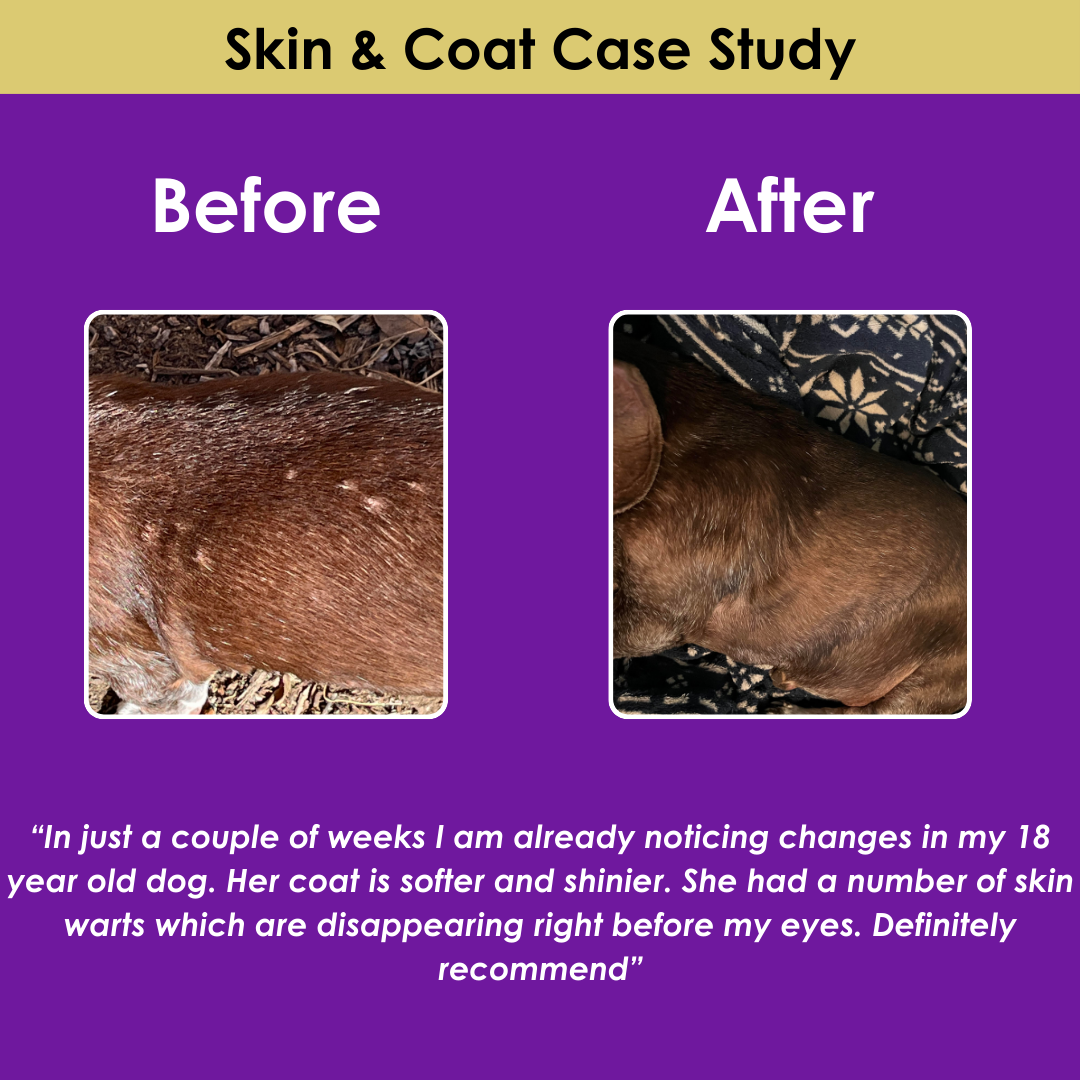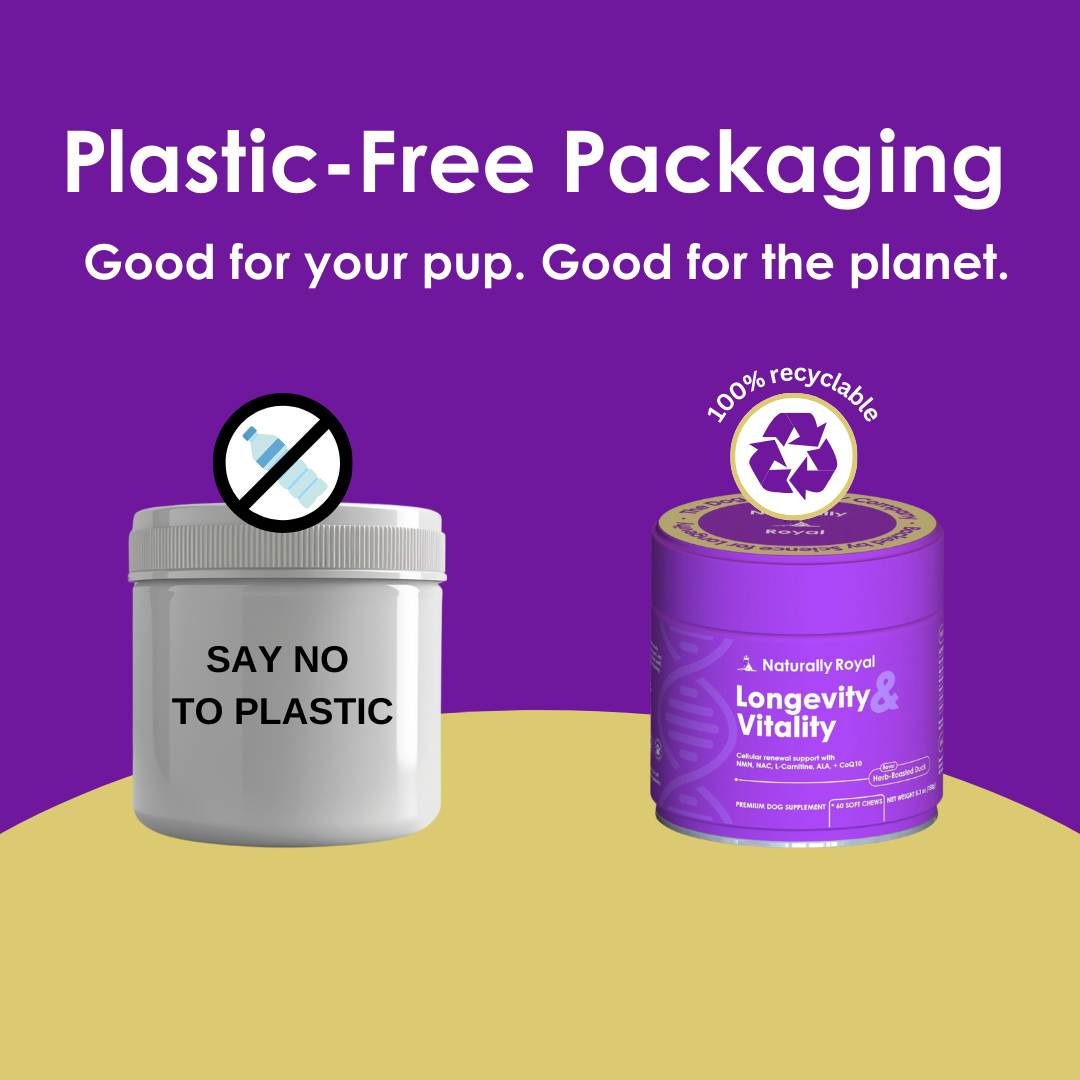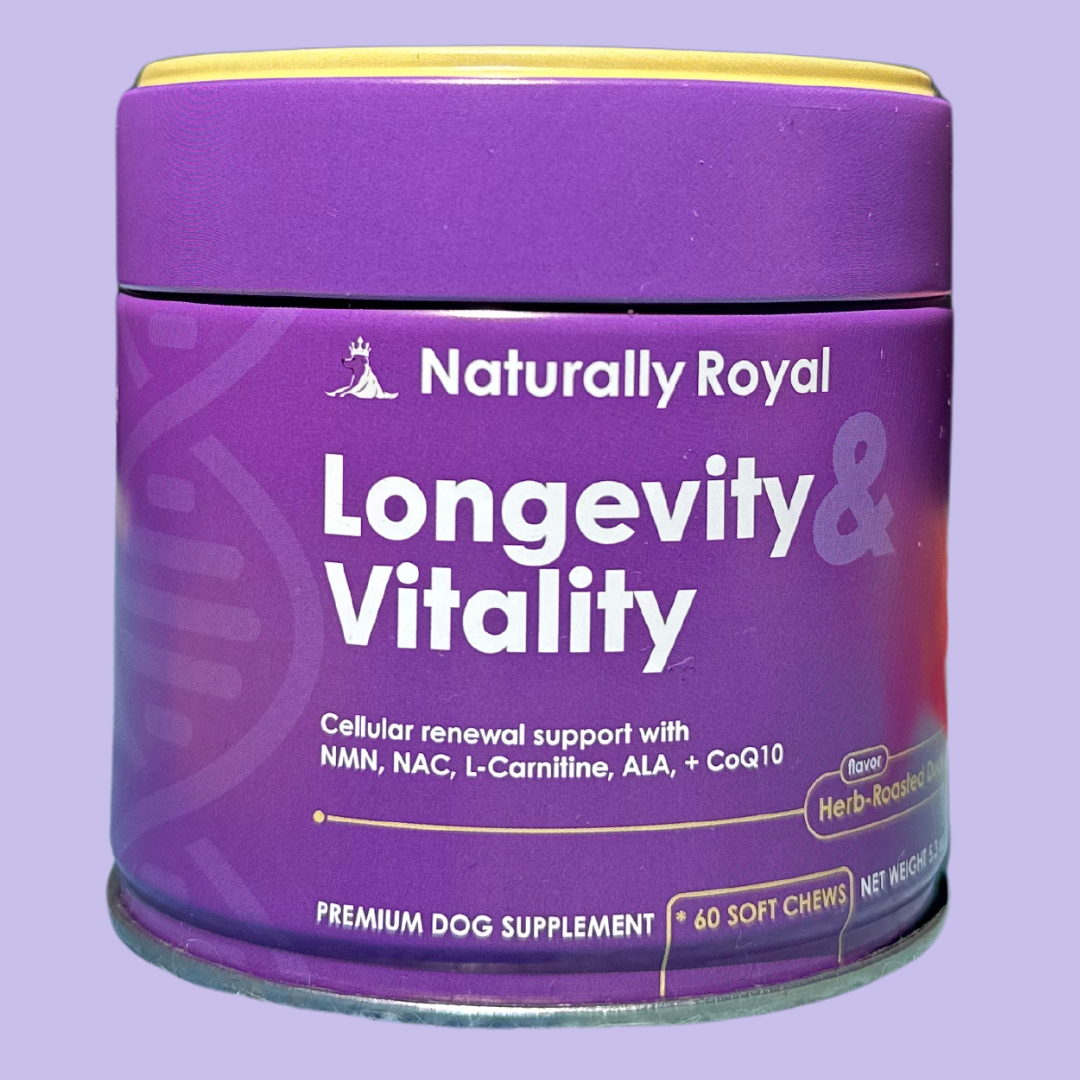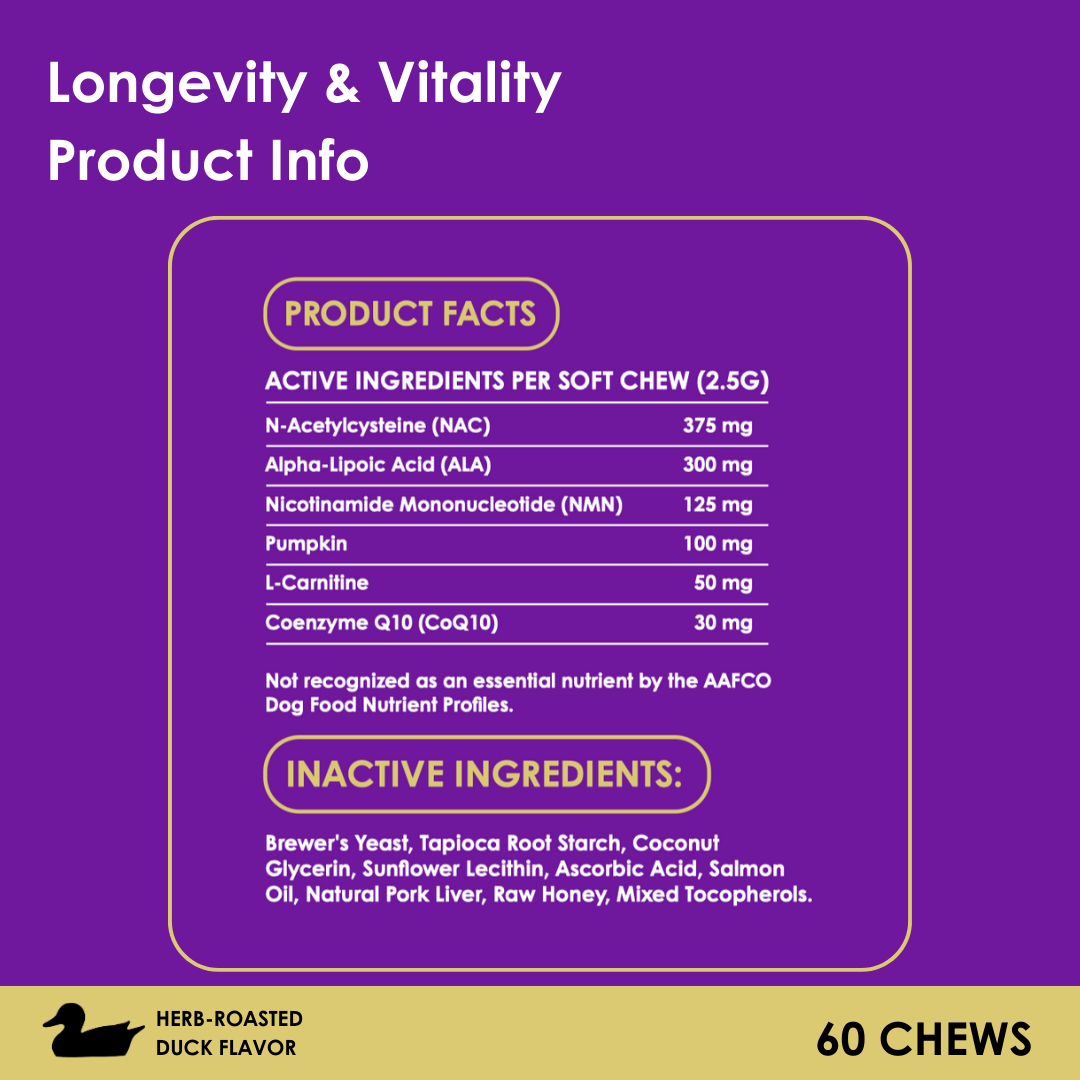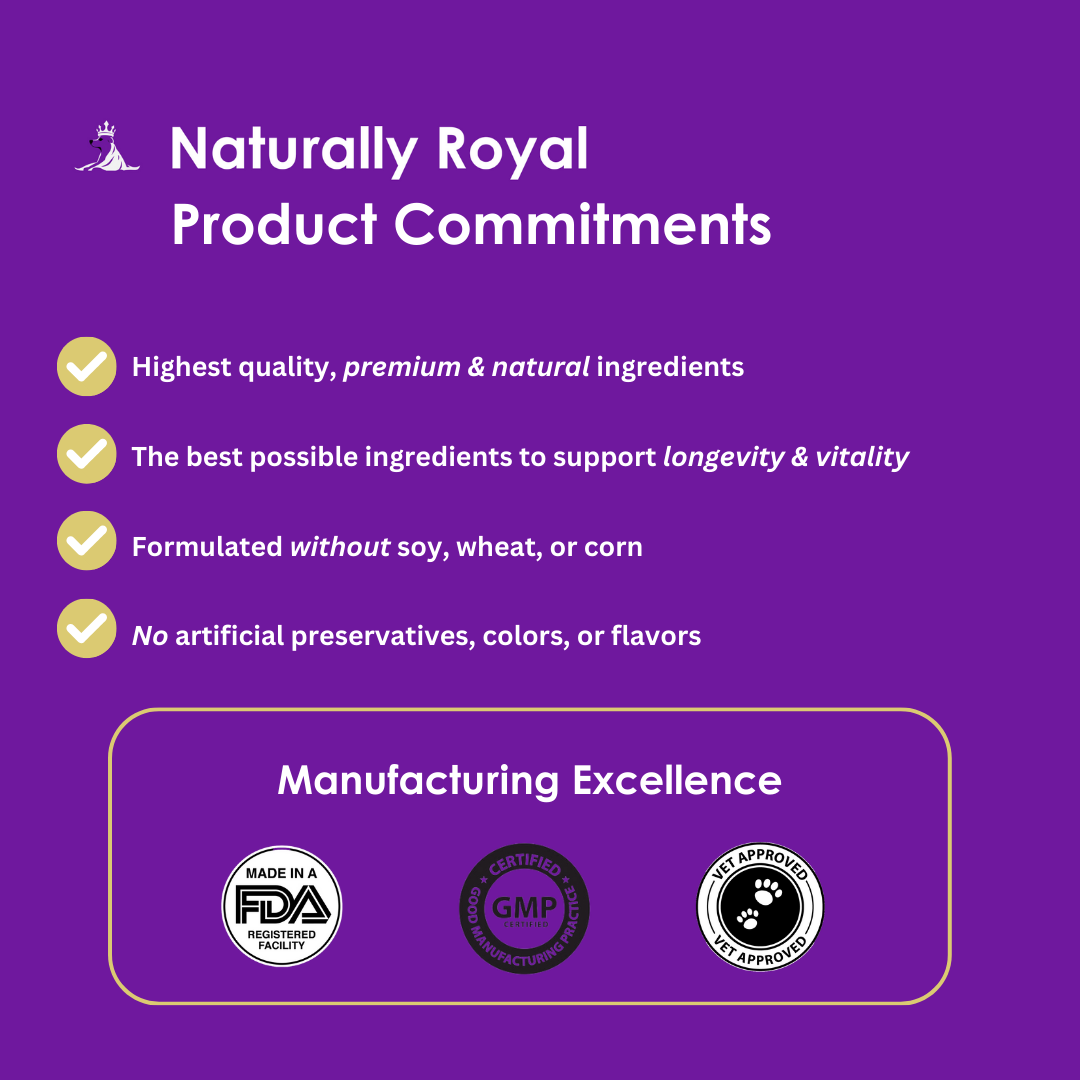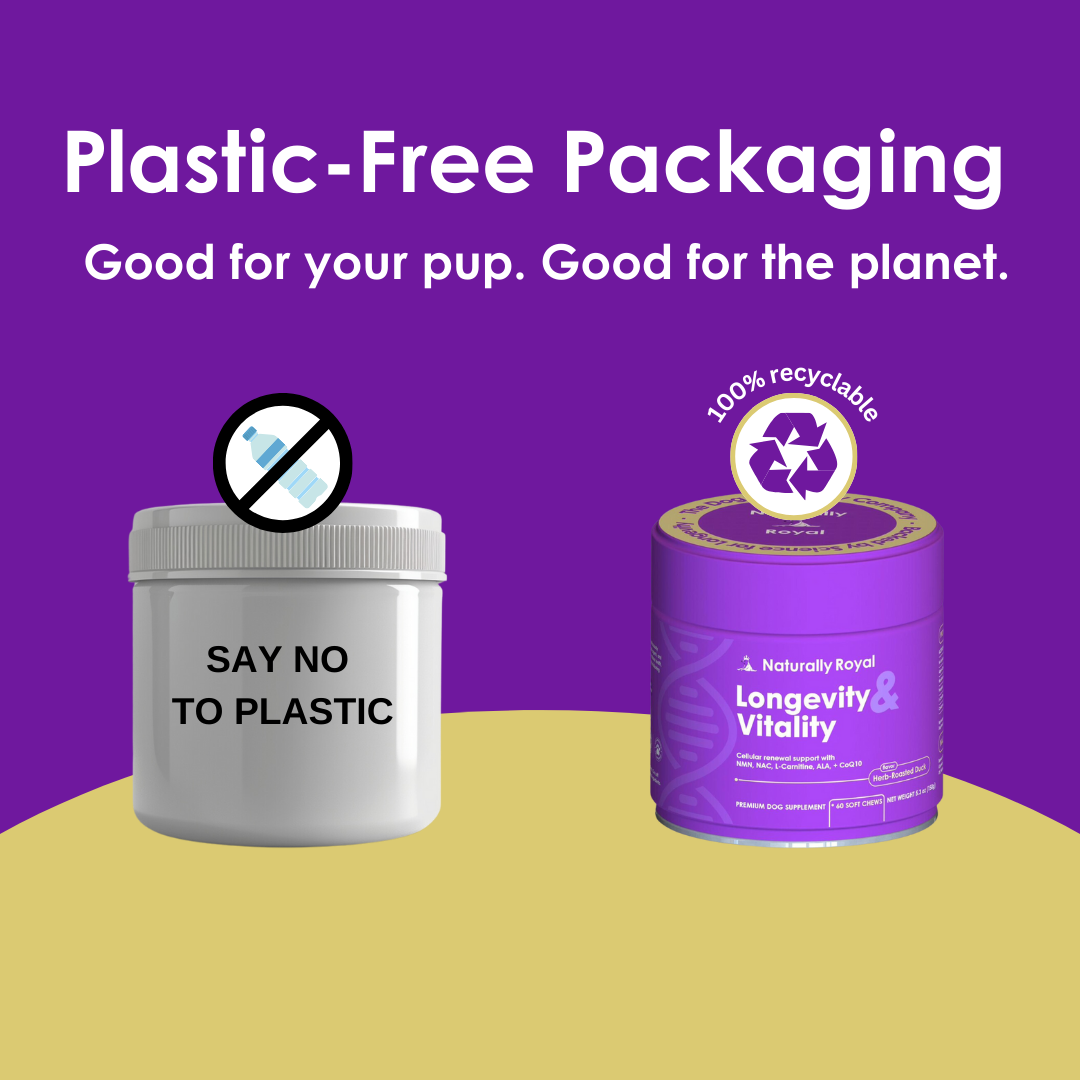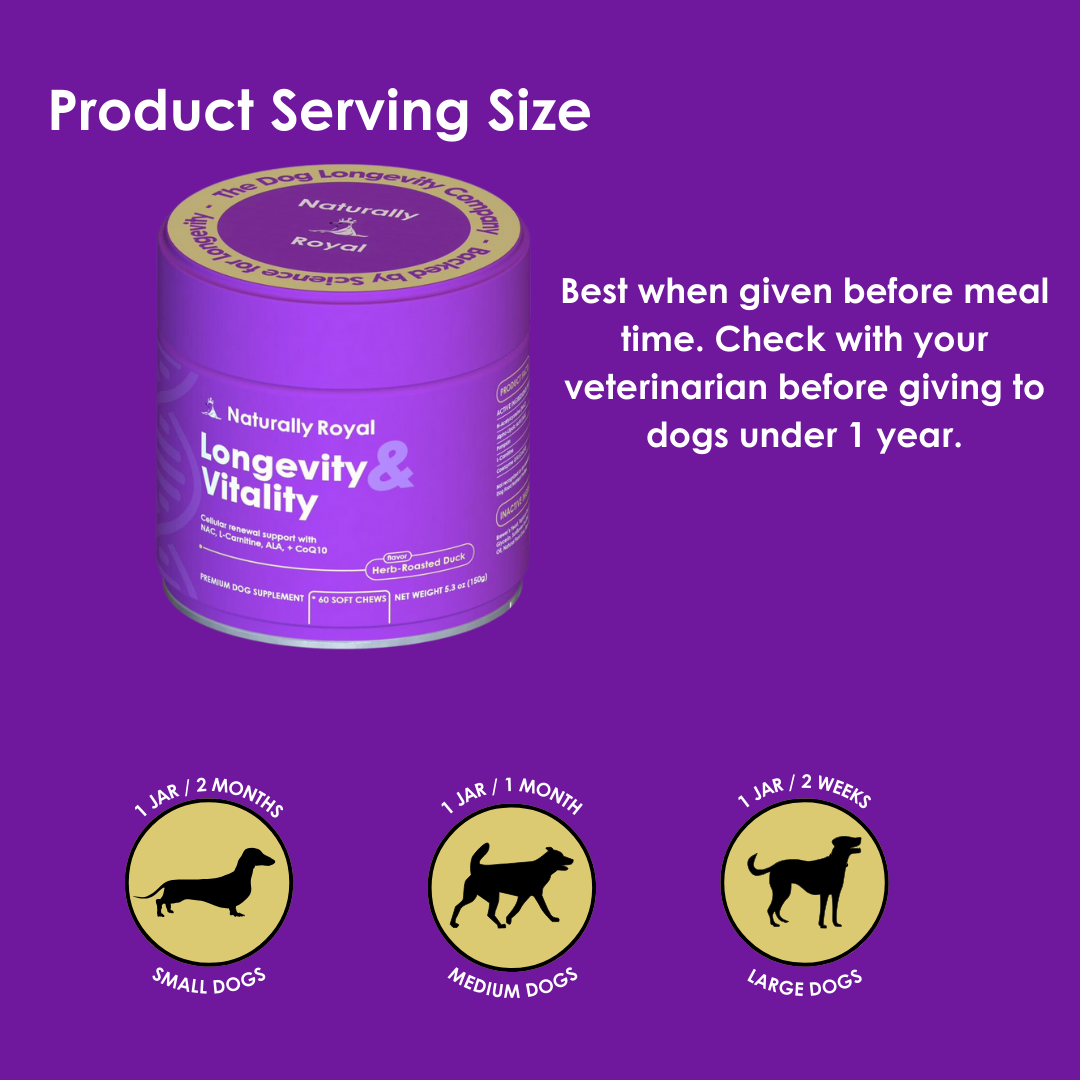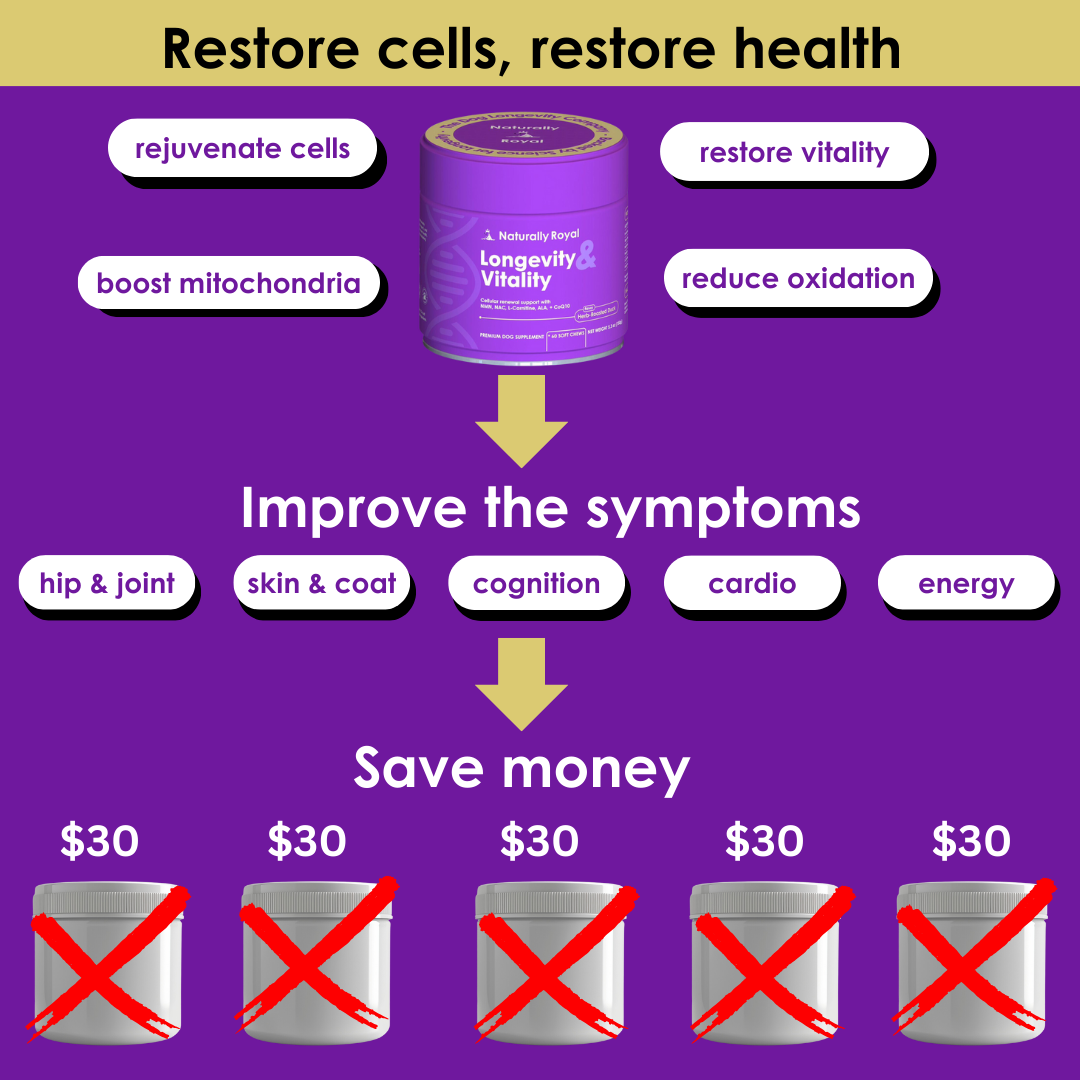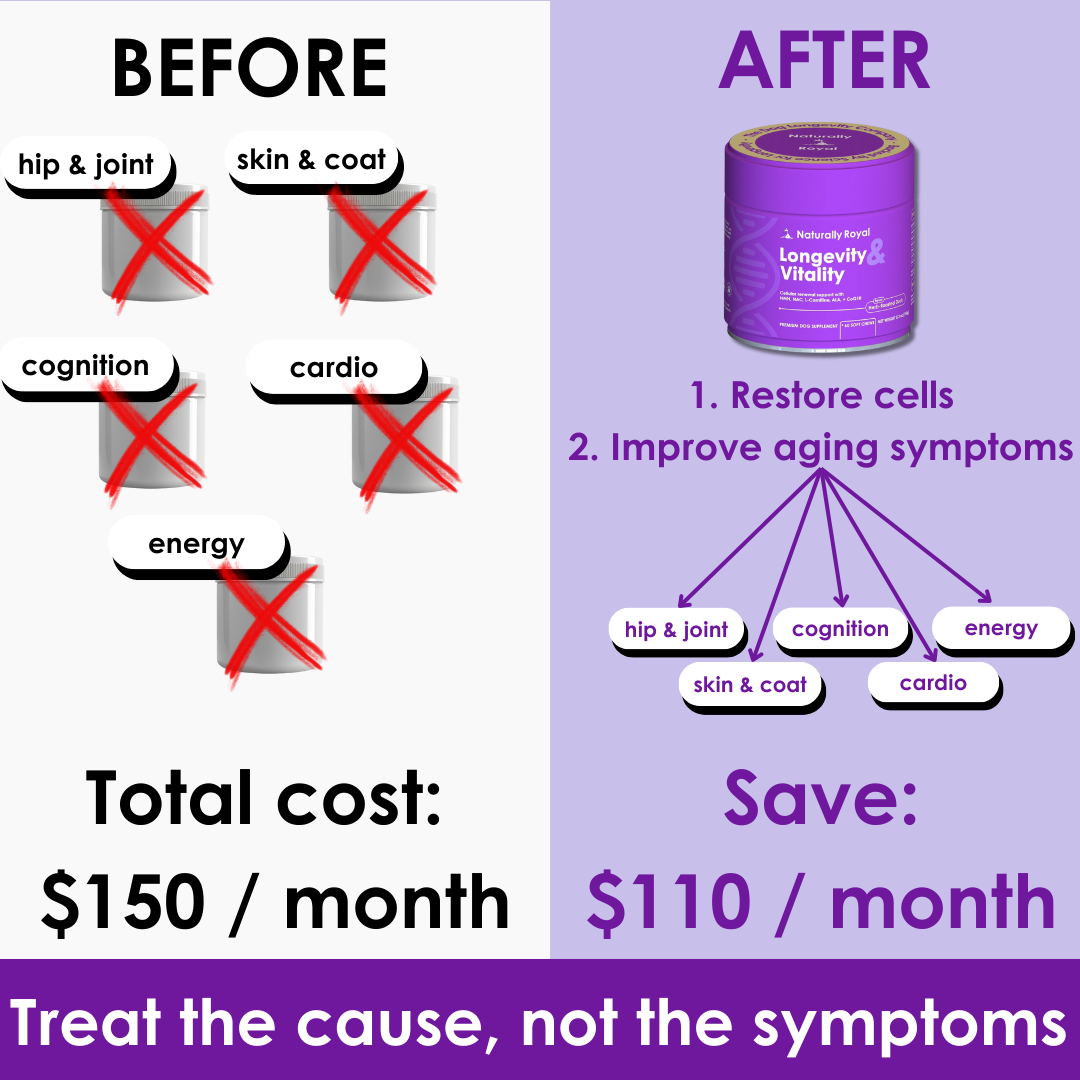Top 4 Most Dangerous Toys for Longevity
Ensuring a long and healthy life for our dogs isn't just about proper diet and regular vet visits; it also involves safeguarding them from potential dangers during playtime. While toys are essential for mental and physical stimulation, some can pose serious health risks. Awareness and careful selection of toys can prevent injuries and contribute significantly to the longevity of our beloved pets. Here are the top four most dangerous dog toys and the risks they pose:
1. Marrow Bones
- Pancreatitis Risk: The fatty content of marrow can trigger pancreatitis in susceptible dogs. To reduce this risk, consider scooping out most of the marrow before giving it to your dog.
- Choking Hazard: Bones cut too short can get lodged behind the lower canine teeth, potentially requiring surgical intervention. It's best to choose bones that are longer than the length of your dog's snout.
- Splinter Danger: Always avoid giving your dog cooked bones, as the cooking process changes their structure, making them prone to splintering when chewed.
2. Rubber Balls with One Hole
- Suction Hazard: Balls that feature only one hole can create strong suction against the dog’s tongue and mouth, leading to severe tissue damage or even veterinary emergencies. Opt for balls with multiple holes or those that are hole-free to avoid such risks.
3. Small Toys
- Choking and Intestinal Blockages: Small toys that can easily be swallowed pose significant choking hazards and can lead to intestinal blockages if ingested. Steer clear of cat toys and the small components of larger toys that your dog might tear off and swallow. Also, be wary of toys with internal stuffing, which can cause both choking and internal blockages if ingested.
4. Rawhides
- Intestinal Obstruction: Large pieces of rawhide can expand inside a dog’s stomach, leading to painful and potentially life-threatening obstructions. If your dog has a habit of tearing off and swallowing large chunks of rawhide, consider switching to safer alternatives like pressed rawhide chews, which dissolve more easily.
Best Practices for Injury Prevention
- Choose Safe Toys: Always select toys that are appropriate for your dog’s size and chewing behavior.
- Supervise Playtime: Keep a close watch on your dog while they play, especially when introducing new toys.
- Regular Toy Checks: Frequently inspect your dog's toys for any signs of wear and tear. Discard toys that are damaged to prevent risks of choking or ingestion of harmful parts.
Why Toy Safety Matters for Longevity
The toys you choose for your dog play a crucial role in their overall health and safety. Unsafe toys can lead to emergency room visits, surgeries, and other health complications that could shorten your pet's life. By understanding the risks associated with certain types of dog toys and following best practices for toy safety, you can help ensure your dog enjoys a safer, happier, and potentially longer life.
This focus on safety in play is crucial for maintaining not only the physical well-being of our dogs but also their happiness. Keeping these tips in mind when selecting toys will allow your dog to engage in stimulating and enjoyable play without the risks, enhancing their quality of life and longevity.


